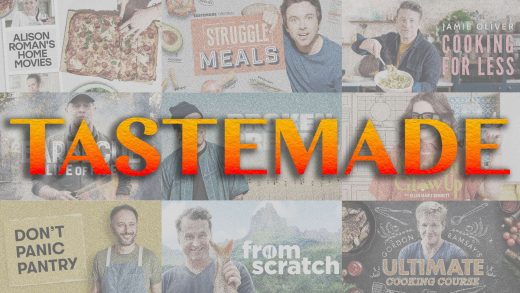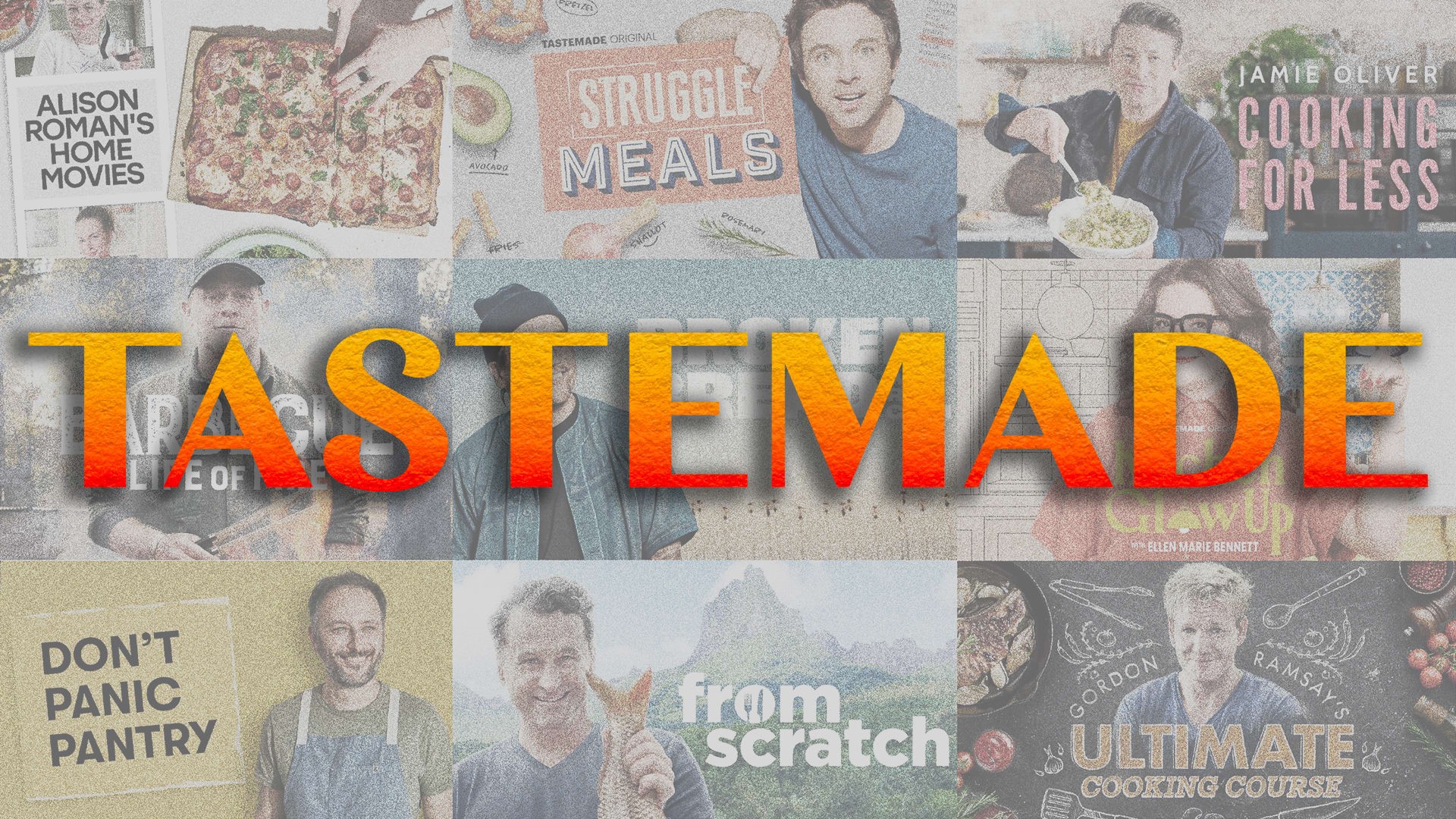Alison Roman embraces TV’s streaming future with Tastemade
Alison Roman embraces TV’s streaming future with Tastemade
The cookbook author is bringing her YouTube show to TV, thanks to Tastemade’s streaming channels.
Esteemed cookbook author Alison Roman is finally getting a TV show—but not on the Food Network.
Instead, Roman is launching her show on Tastemade, an internet TV company that distributes its streaming channels via smart TVs and streaming dongles. The partnership demonstrates both how much the television industry has changed, and how challenging it is for traditional TV networks to keep up with these changes.
A few years ago, Roman had inked a deal with CNN to make a show for the news network’s CNN+ subscription service. Those plans were put on hold when CNN owner Time Warner pulled the plug on CNN+ just weeks after its launch. CNN then decided to air the show on its regular network, but ended up canceling those plans as well amid company-wide cost cutting.
Resolved to not give up, Roman began producing a series dubbed Home Movies for her YouTube audience, where episodes regularly gather hundreds of thousands of views. In a kind of full circle, Tastemade is now bringing that show to TV audiences. ”Home Movies were made to be enjoyed as a TV show, and it’s so thrilling to imagine someone watching them that way—on the big screen and all,” Roman says.
From social video to internet television
In many ways, Roman’s path to TV mirrors that of Tastemade itself. “When we started the company, our vision was to create a new kind of Food Network,” says CEO Larry Fitzgibbon, who cofounded Tastemade in 2012.
Fitzgibbon isn’t shy about the reason the Tastemade founders wanted to venture into culinary media: Filming people’s cooking is much cheaper than producing scripted entertainment. “Certainly we’re all passionate about food, but we’re also students of the media business,” he says.
As such, he and his cofounders had noticed that the Food Network and other reality TV-based networks were hugely profitable. But taking them on wasn’t going to be easy, especially for a startup with limited resources and a desire to reach new audiences. “In the beginning, the only way to really connect with younger consumers was through social,” Fitzgibbon says.
Tastemade began producing clips for YouTube, and soon expanded to other social networks. In 2018, it launched a first 24/7 streaming channel on YouTube TV, the pay TV offshoot of Google’s video site. Soon after, the company made the same channel available for free on services like Pluto and the Roku Channel, which nowadays stream hundreds of preprogrammed channels, complete with a program guide that looks and feels a lot like basic cable.
An alternative to expensive and cumbersome subscription viewing
Consumers like these free, ad-supported TV channels (industry insiders like to call them FAST channels) because they don’t require them to scroll through long lists of thumbnails to figure out what to watch next. Streaming and smart TV companies appreciate them as a new and rapidly growing revenue source.
Around a third of all TV viewers now use services with these kinds of free streaming channels, according to a recent study from Comcast’s streaming subsidiary Xumo. Market research company Omdia estimates that free streaming channels could generate $10 billion in revenue in the US by 2027.
Tastemade now has four such channels, all of which have seen significant growth as consumers replace cable TV with streaming. Viewing time for these channels is up 50 percent year-over-year and now accounts for nearly 70 percent of all time spent viewing Tastemade content, according to Fitzgibbon. “It’s the fastest growing part of our business,” he says. The venture-backed startup has raised around $130 million to date, with key investors including Redpoint Ventures, Raine Ventures and Goldman Sachs.
But while free streaming is booming, some media companies have been slower to catch up. TV networks have been held back by deals with pay TV operators that don’t allow them to distribute their legacy channels on free streaming platforms, and big studios have been busy playing catch-up with Netflix. “The industry was a little bit more focused on spending $10 million per episode for high production-value content behind a subscription wall,” Fitzgibbon says.
The result has been that there are few free streaming channels featuring original programming. Instead, numerous channels consist entirely of reruns of existing TV shows. That’s a problem for advertisers looking to reach younger viewers, argues Fitzgibbon: “If you’re just doing old episodes of old shows that older people like, then that’s going to get you an audience, but it’s not going to get you the right audience.”
Free streaming requires working with small budgets
Even when advertisers are opening their pockets, spending on free streaming isn’t enough to pay for premium-priced productions. That’s where Tastemade, with its scrappy roots in social video and just 100 in-house staffers, has an advantage. “We’re really smart about [creating] high-quality content at low cost,” Fitzgibbon says. That includes filming content on a relatively low budget in-house, and also striking creative licensing agreements.
In 2019, Tastemade teamed up with public TV station KCET to produce the Emmy-award-winning documentary series Broken Bread featuring star chef Roy Choi. This year, it licensed multiple Jamie Oliver shows that previously aired in Europe. And now, Tastemade is picking up Roman’s YouTube show—a step that traditional TV networks would have shied away from.
However, Fitzgibbon isn’t worried that his streaming channels are getting the short end of the stick. “Obviously, it already has a strong fan base,” he says. “It’s an opportunity for us to help her reach a new audience.”
ABOUT THE AUTHOR
(17)



